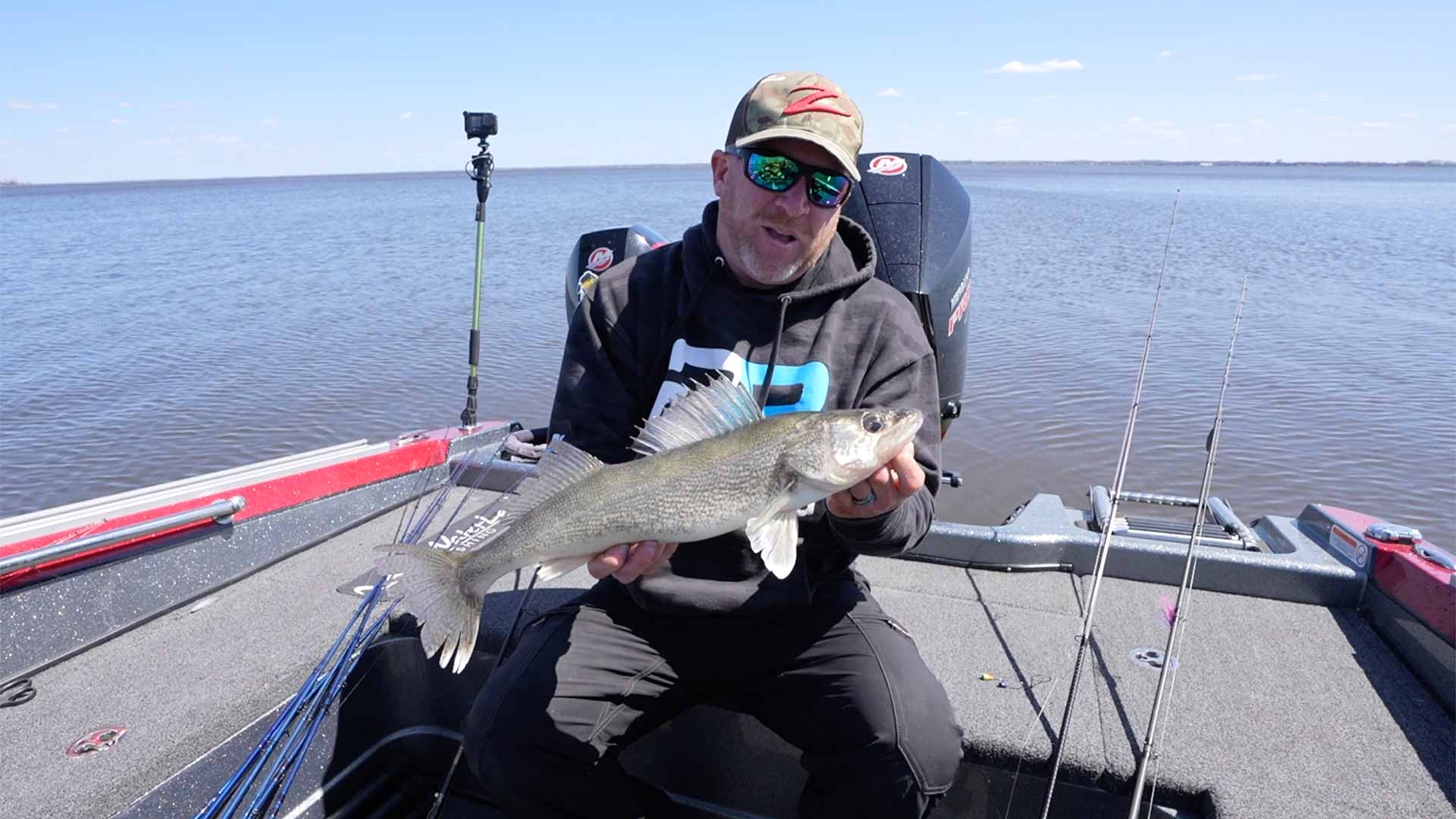Minnesota DNR Area Fisheries Supervisor Doug Schultz explains the importance of monitoring the predator prey balance in fisheries like Leech Lake.
Why the Predator/Prey Balance Matters (Science)
In this article, we will discuss the importance of maintaining a healthy predator/prey balance in fisheries management, with a focus on the yellow perch population in Leech Lake, northern Minnesota. Yellow perch are a vital forage species for predators like walleyes and Muskies, and ensuring their population is protected is crucial for the overall health of the ecosystem.
The Challenge of Balancing Predator/Prey Relationships
One of the key challenges faced by fisheries managers is finding the right balance between predator and prey populations. In the case of Leech Lake, yellow perch serve as a primary food source for predators such as walleyes and Muskies. However, maintaining a healthy perch population while also supporting the predator species can be a delicate task.
The Decline of Perch Populations
In some smaller lakes in Minnesota, the perch populations have either been lost or significantly altered. This loss of larger perch has created management challenges, especially for walleye management. Walleyes heavily rely on yellow perch as their primary forage species. Without an adequate perch population, it becomes difficult to sustain the walleye population.
The Impact of Predators and Management Activities
There are various factors that contribute to the decline or alteration of perch populations. One factor is the natural predation by species like northern pike. In many lakes across Minnesota, northern pike populations have expanded, leading to high-density, slow-growing fish. These stunted populations exert a significant amount of predation pressure, which can negatively impact the perch population.
In response to these challenges, there have been statewide pike regulation changes implemented to address the issue. These changes aim to manage the pike population and reduce the predation pressure on perch and other prey species.
Another factor that affects perch populations is the management activities carried out by fisheries managers. These activities include stocking walleyes and adding fry or fingerlings to the system. While these efforts are made to meet angler expectations and maintain healthy predator populations, they can also have unintended consequences for the perch population.
The Tipping Point: Density as the Limiting Factor
Fisheries management is a delicate balancing act, and it is essential to understand the concept of density as the limiting factor. Just like plants in a garden, fish also have thresholds where density becomes a limiting factor. When fish populations become too dense, they start competing with each other for resources like food, space, sunlight, and water.
Finding the right balance is crucial because exceeding these thresholds can have detrimental effects on the overall health of the ecosystem. It is important to consider both predator management and the availability of prey species when making management decisions.










